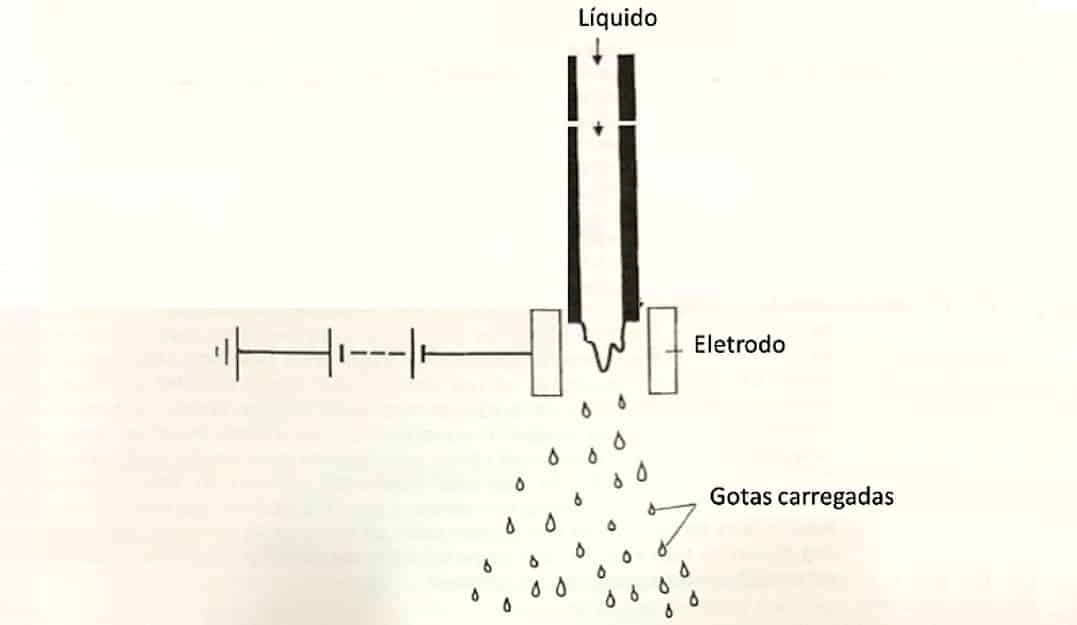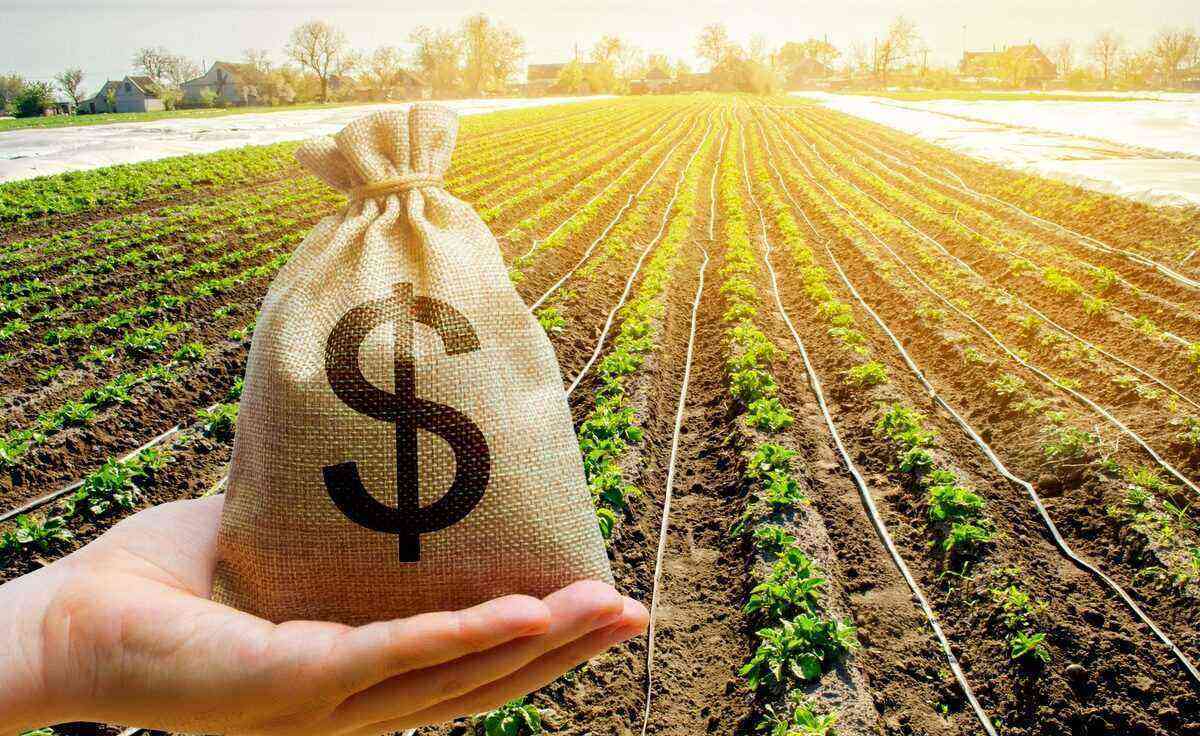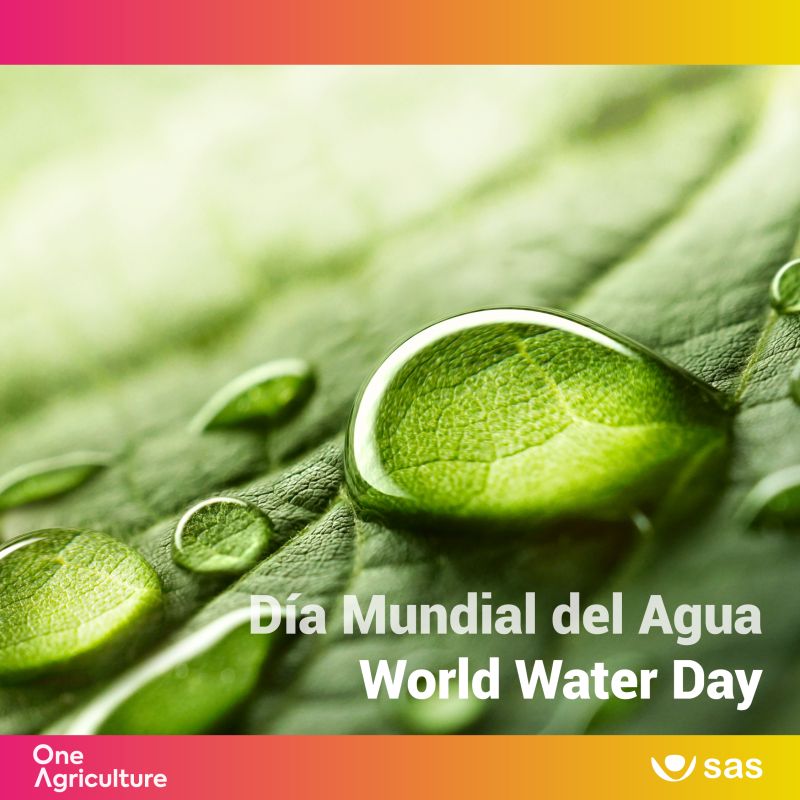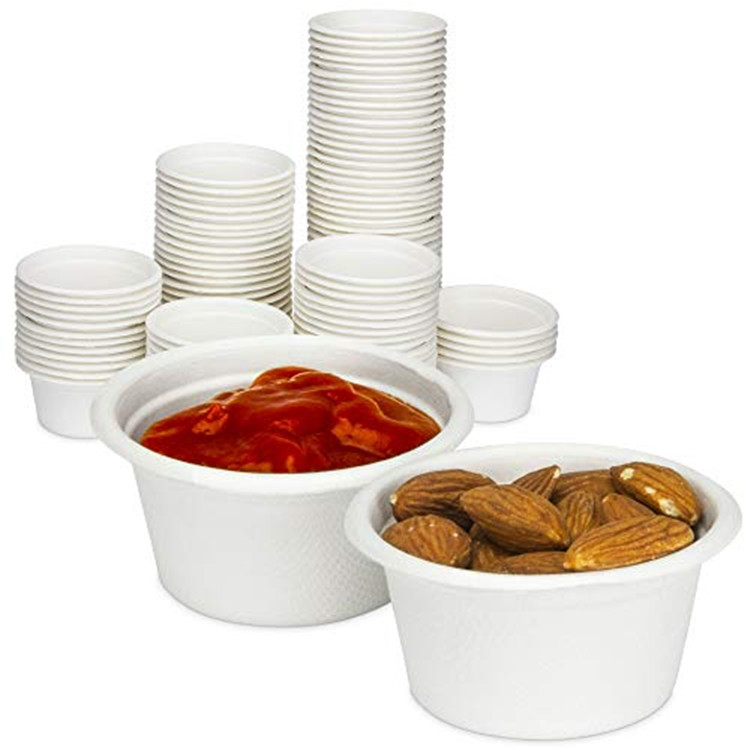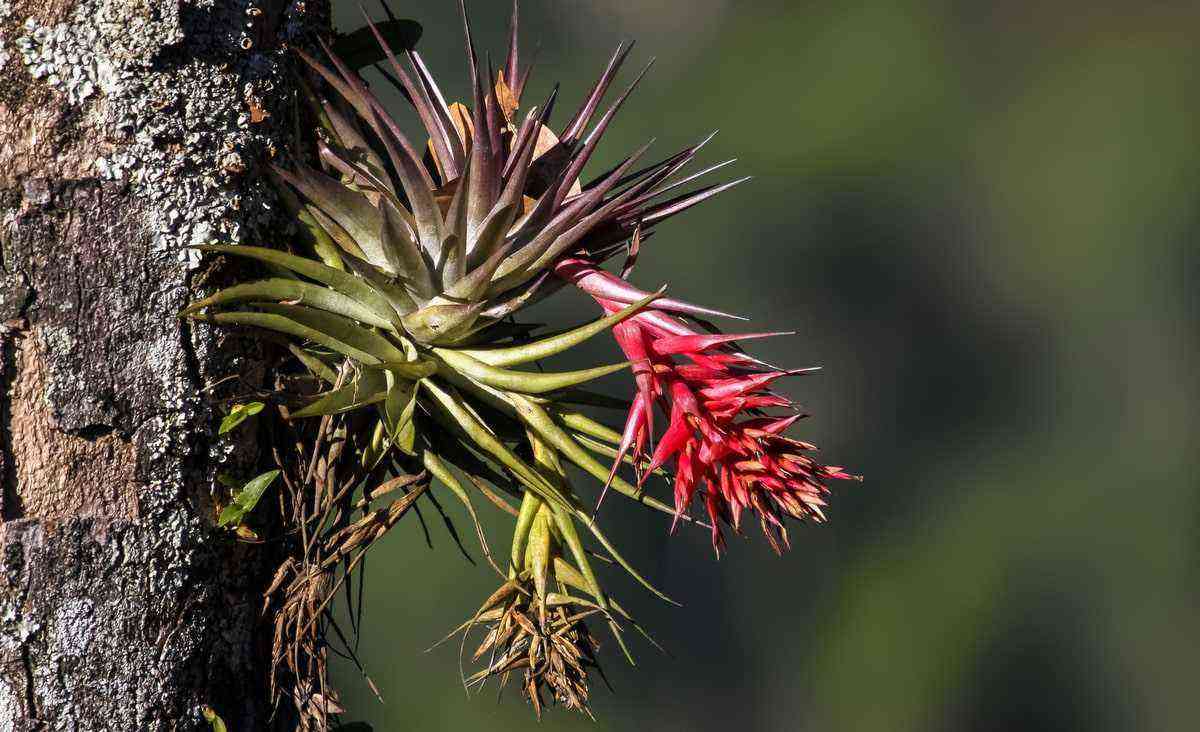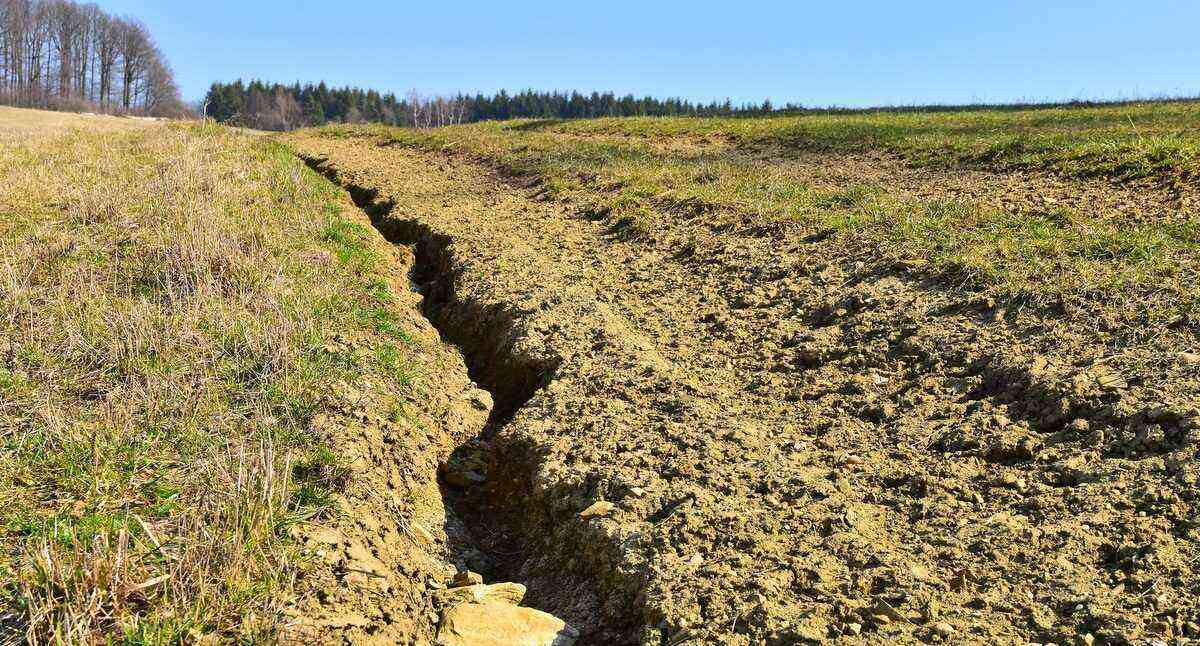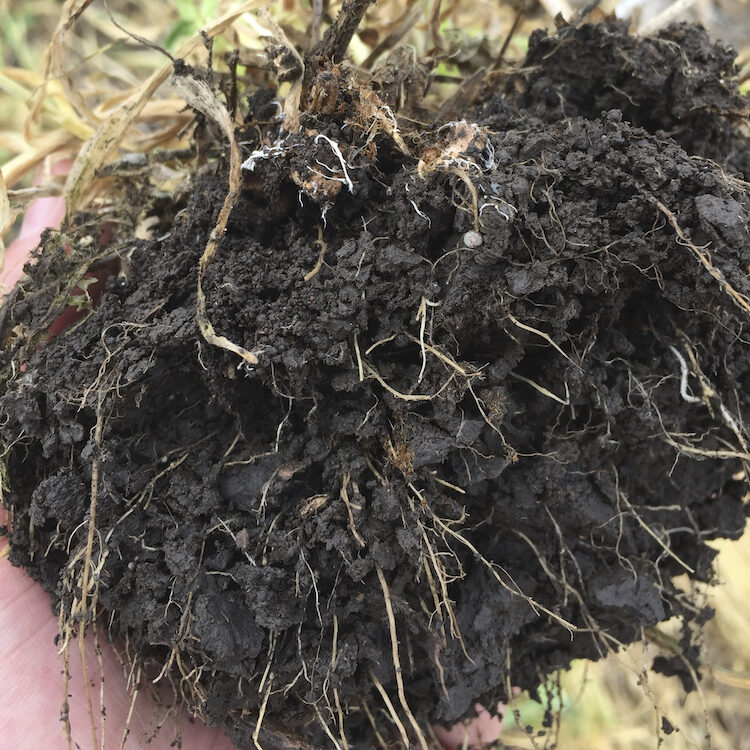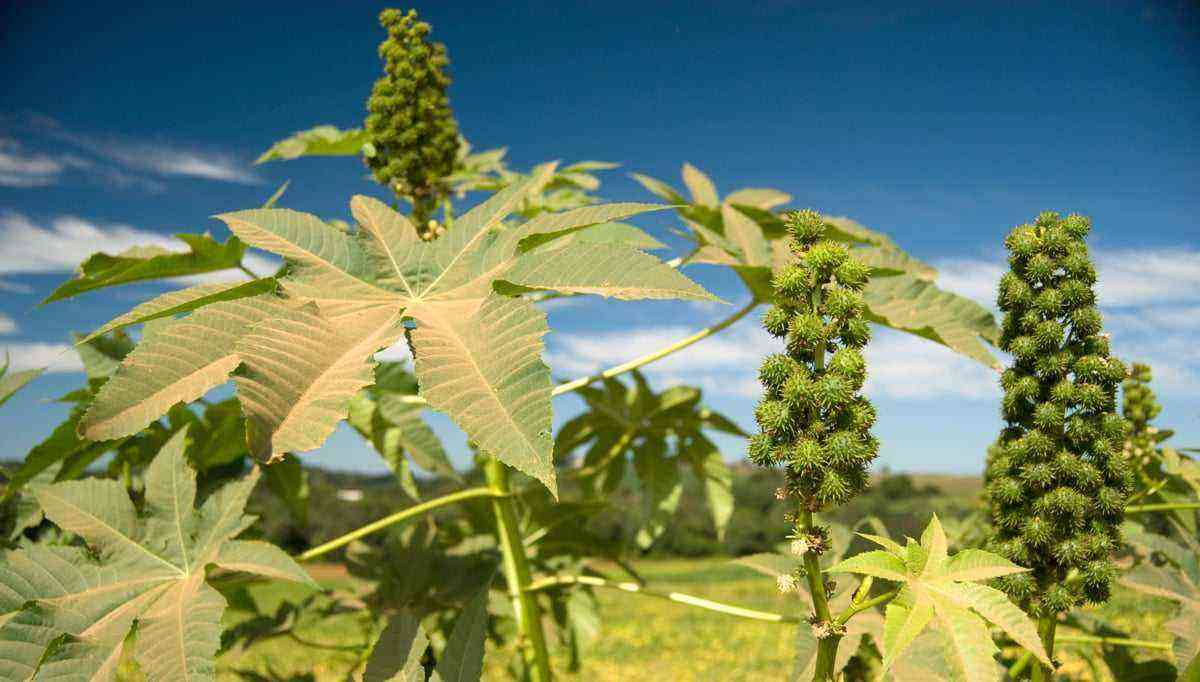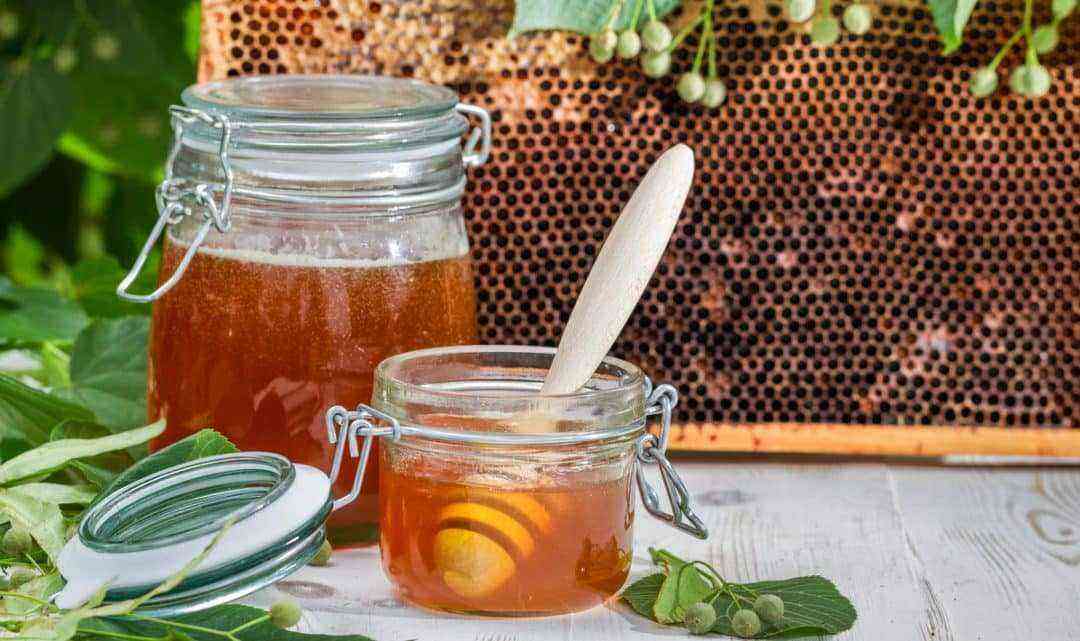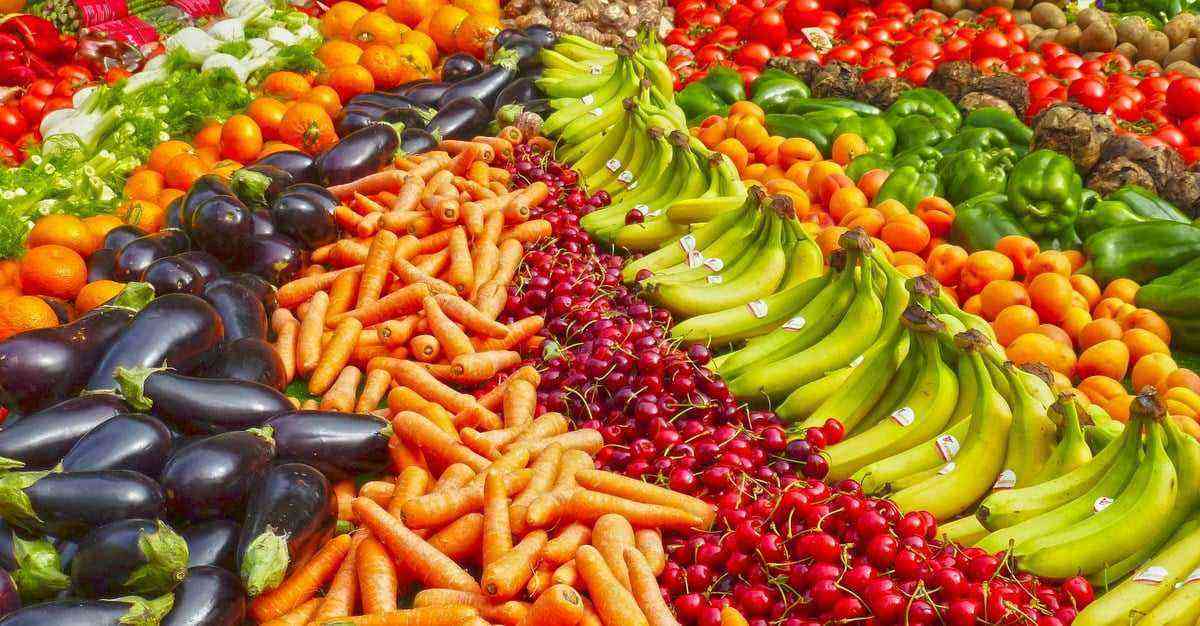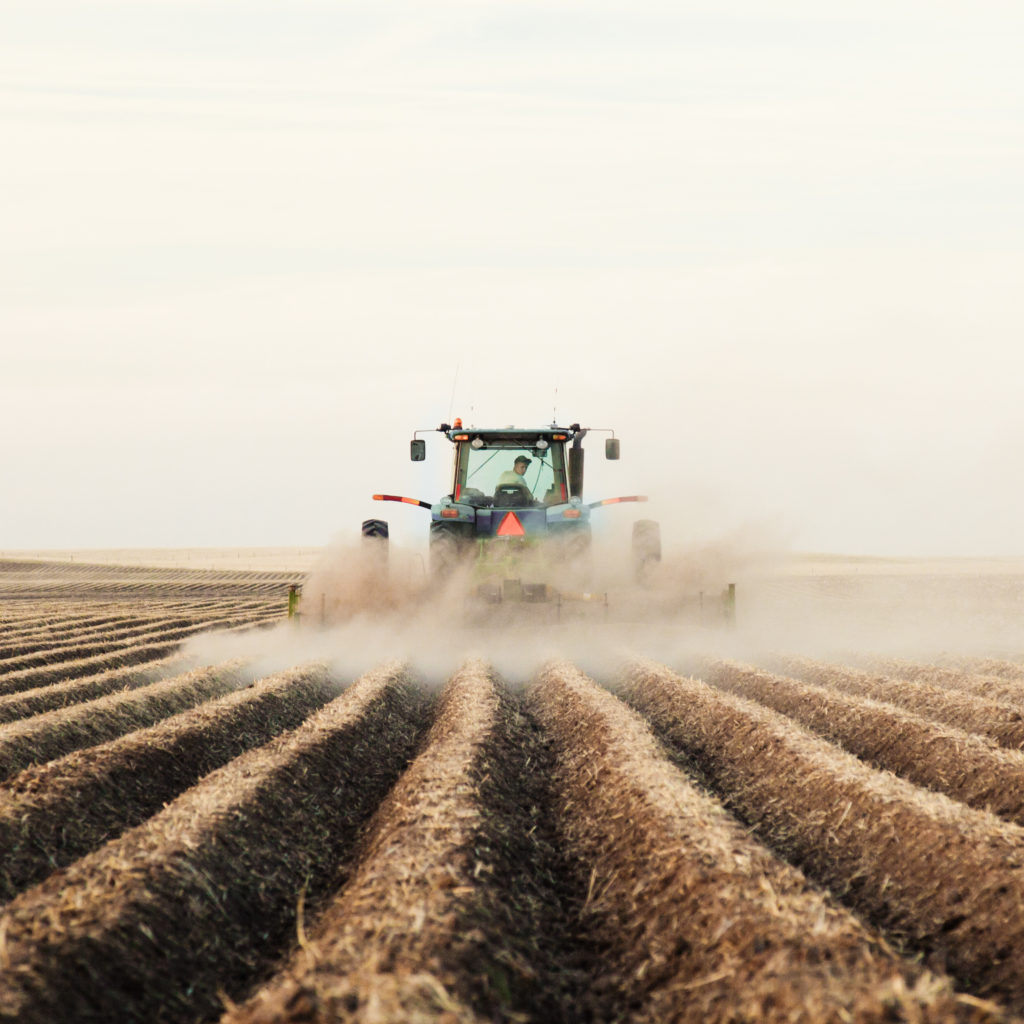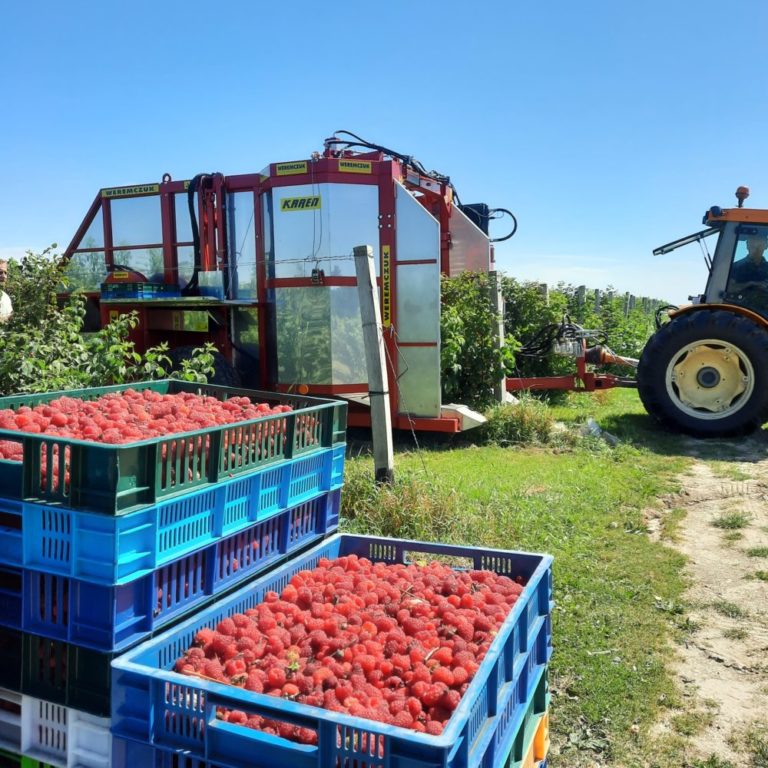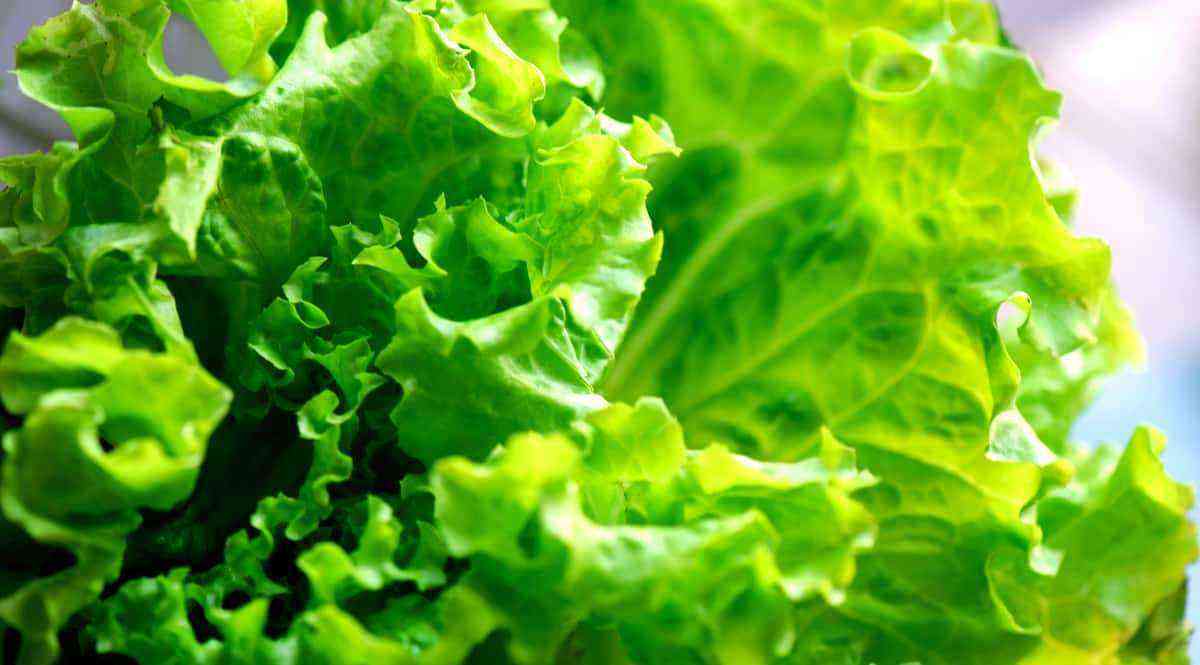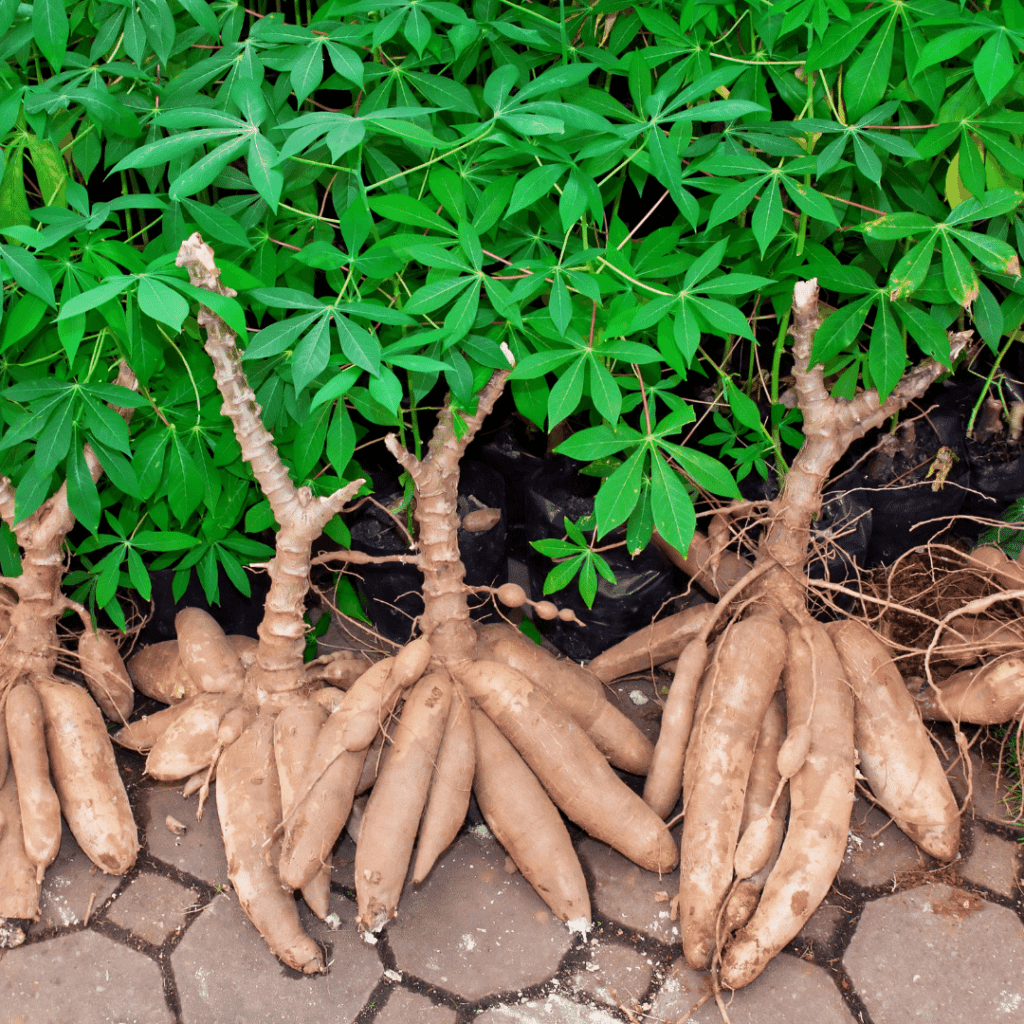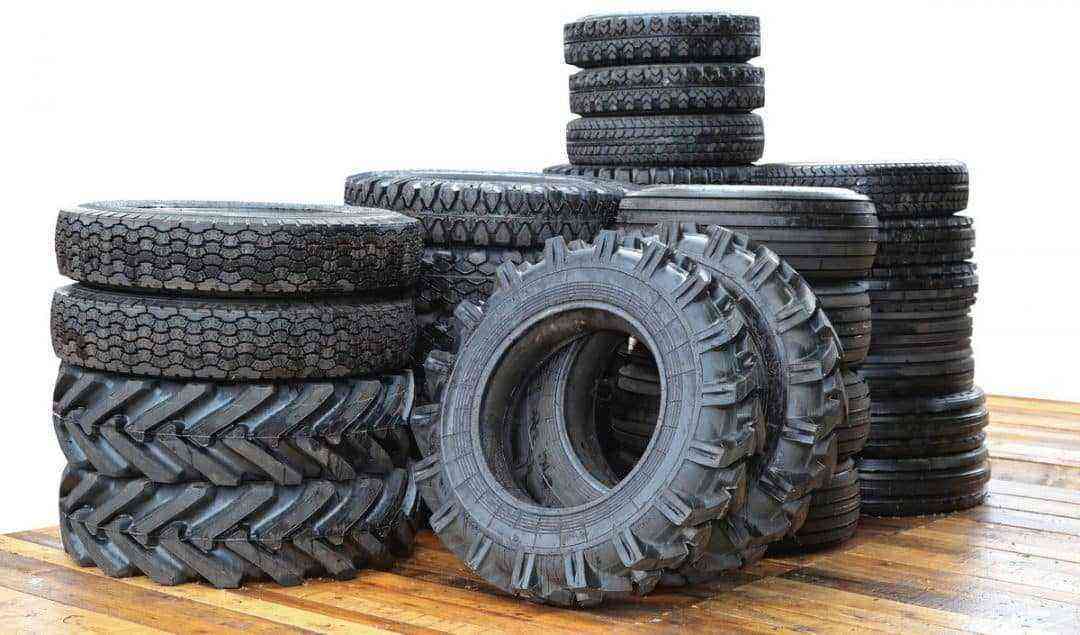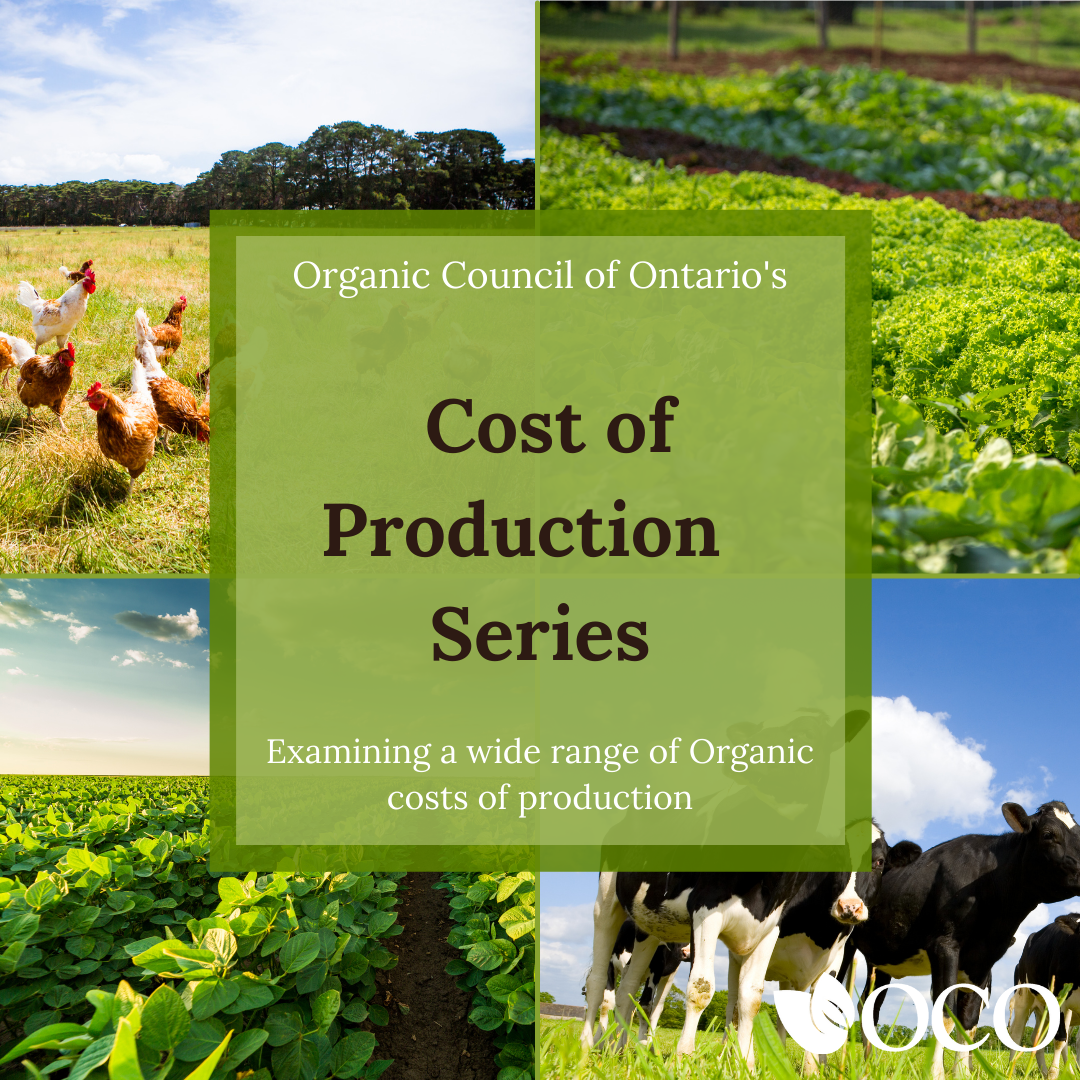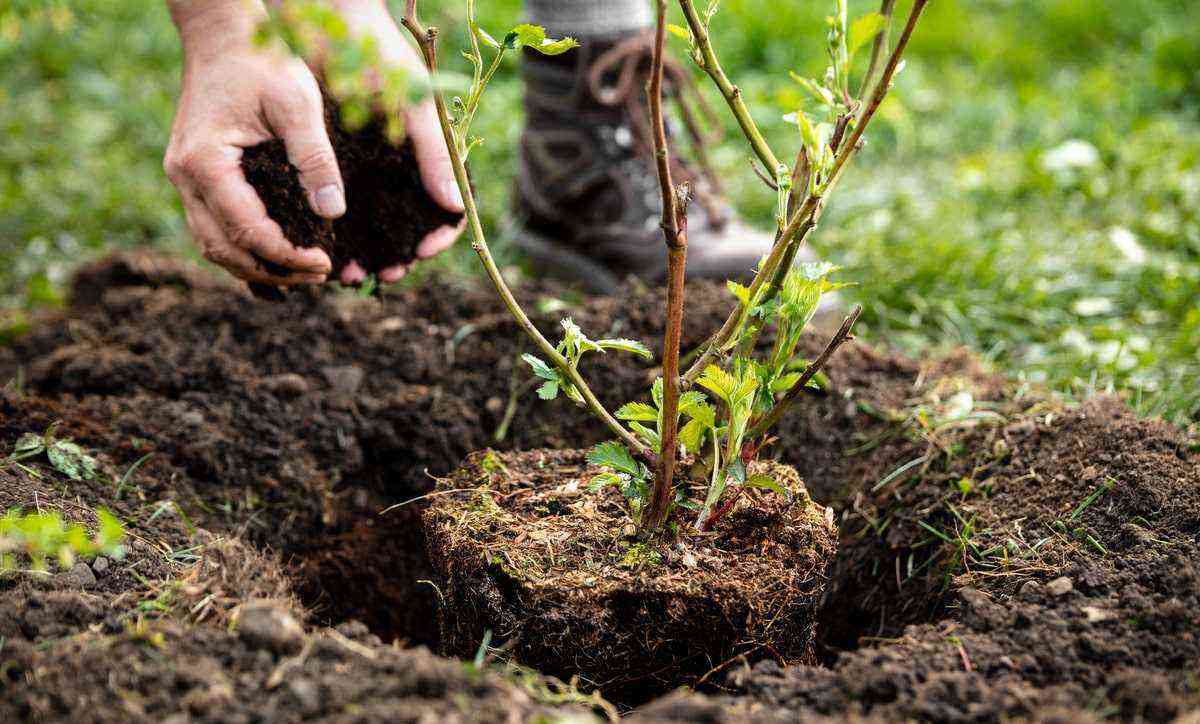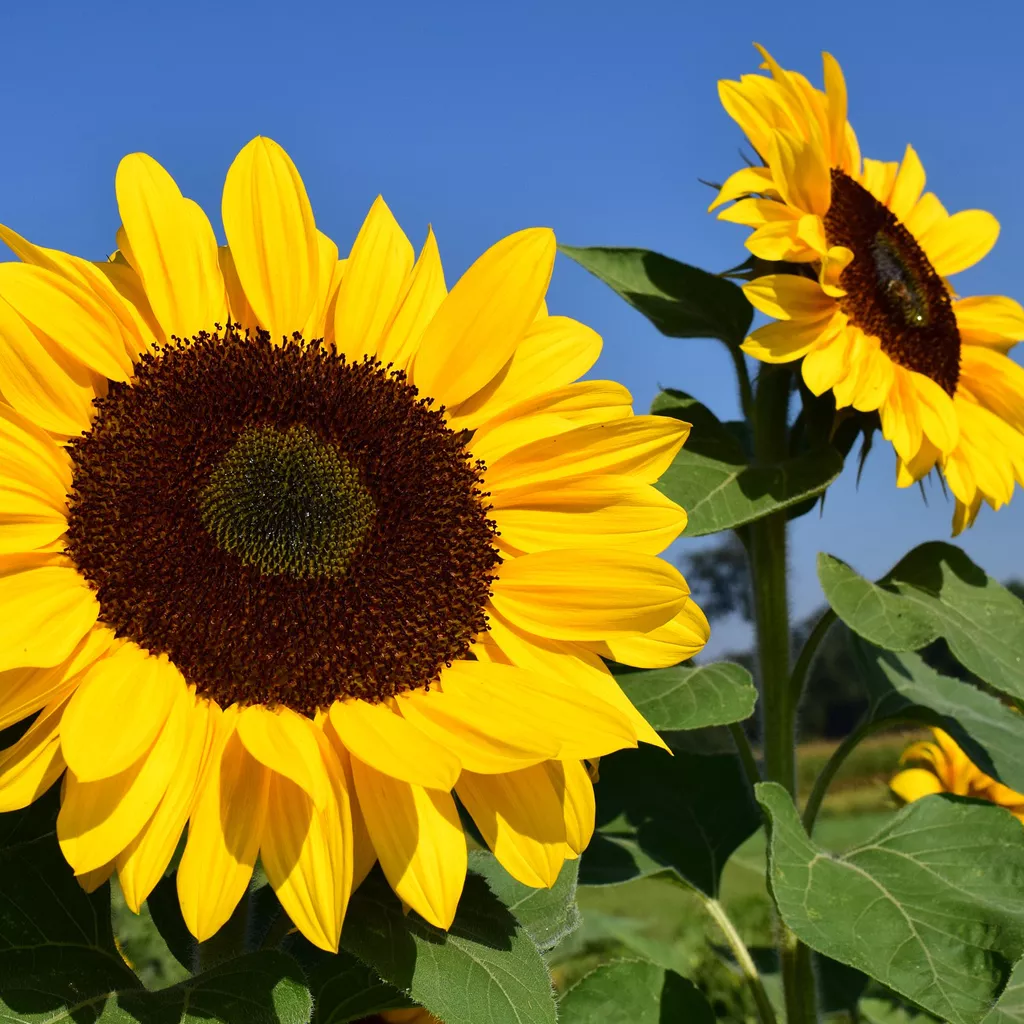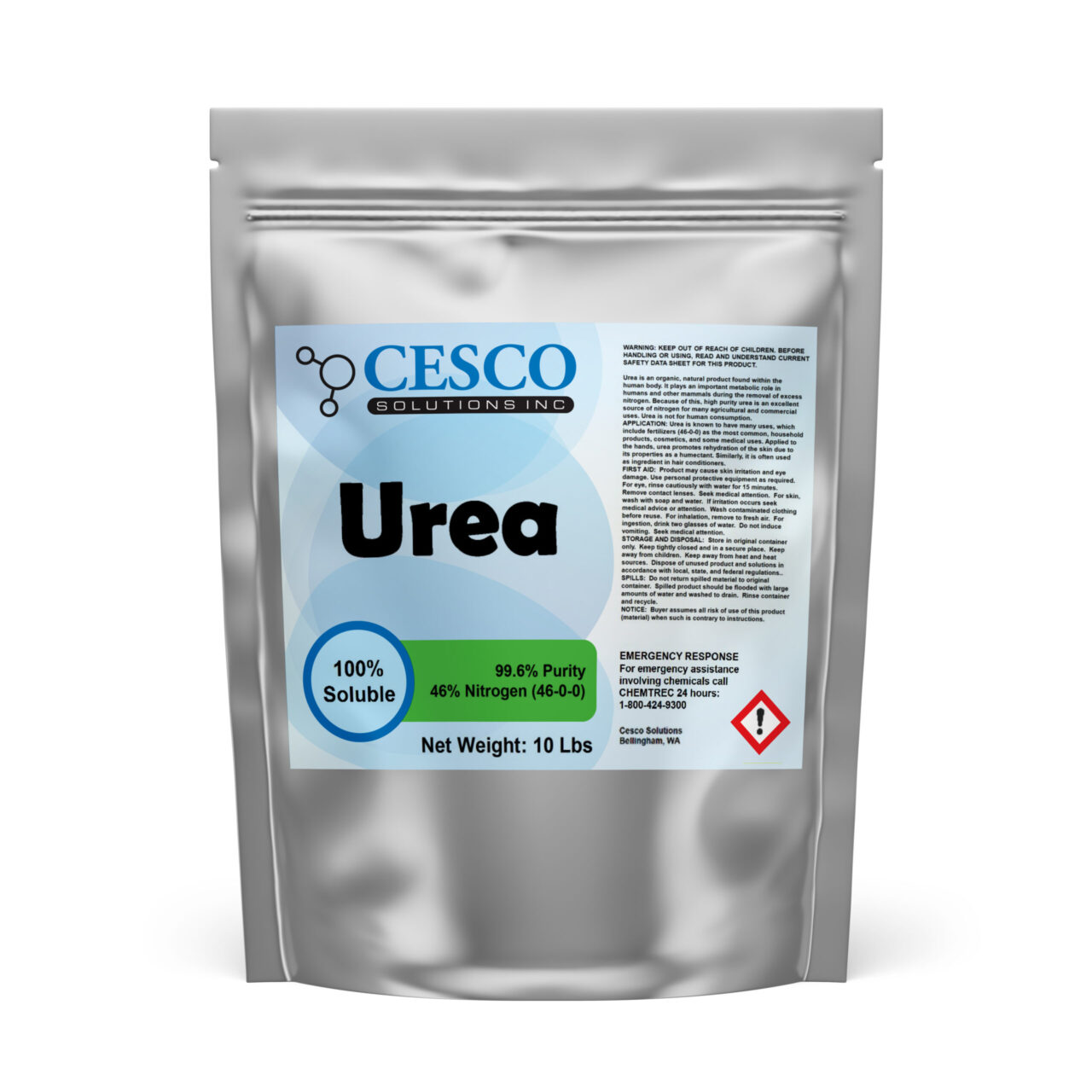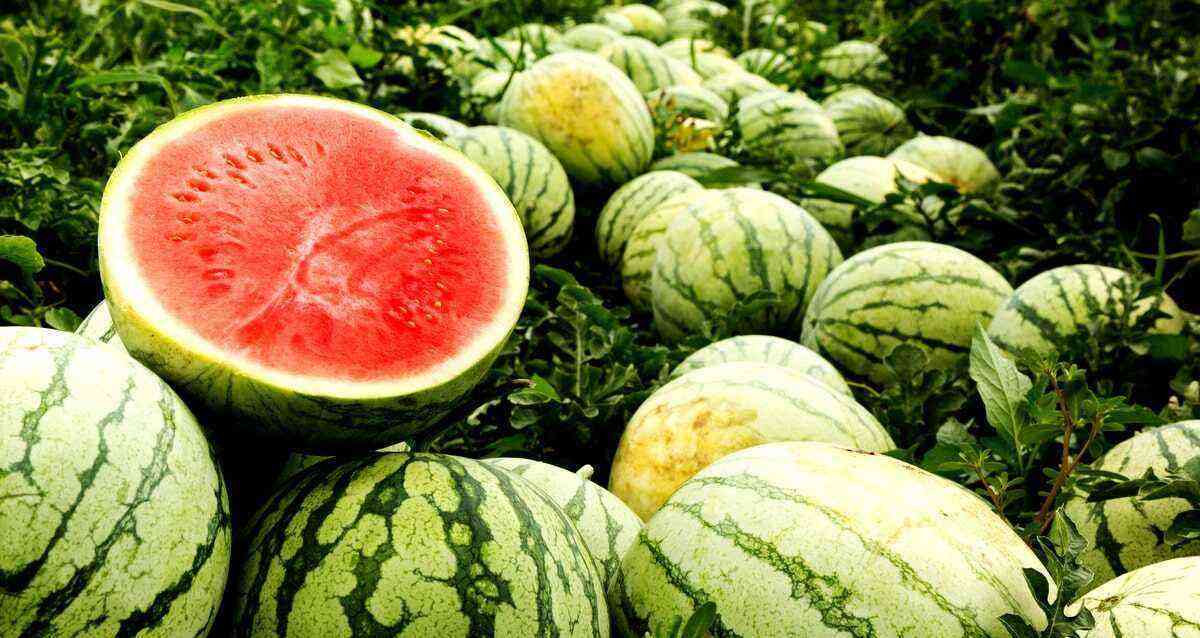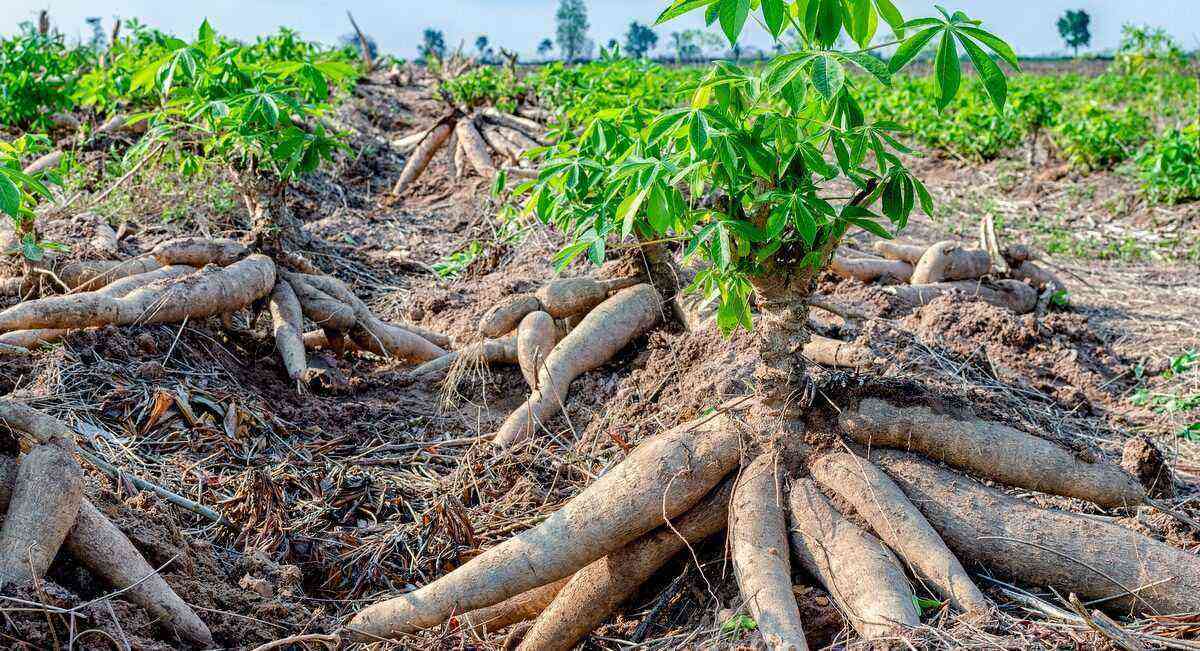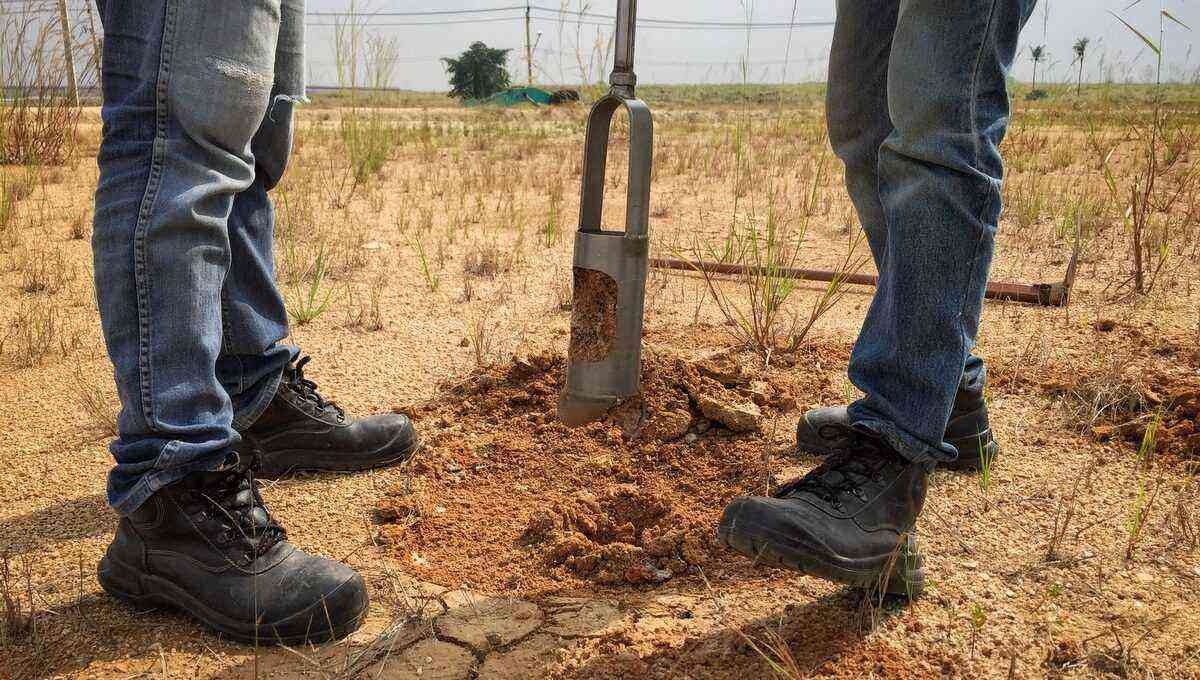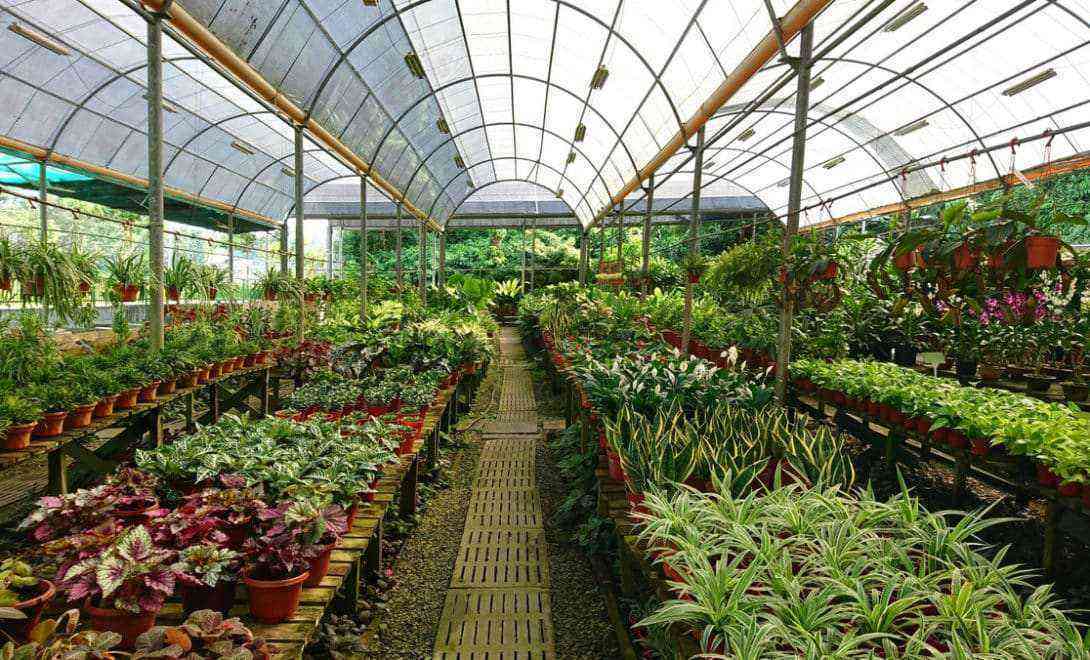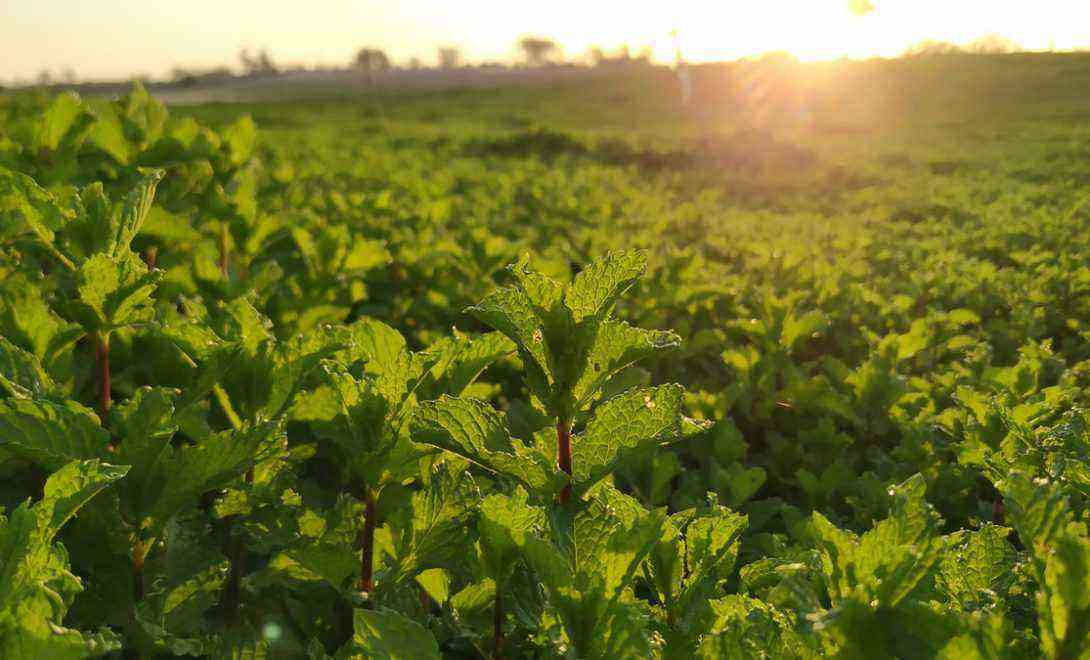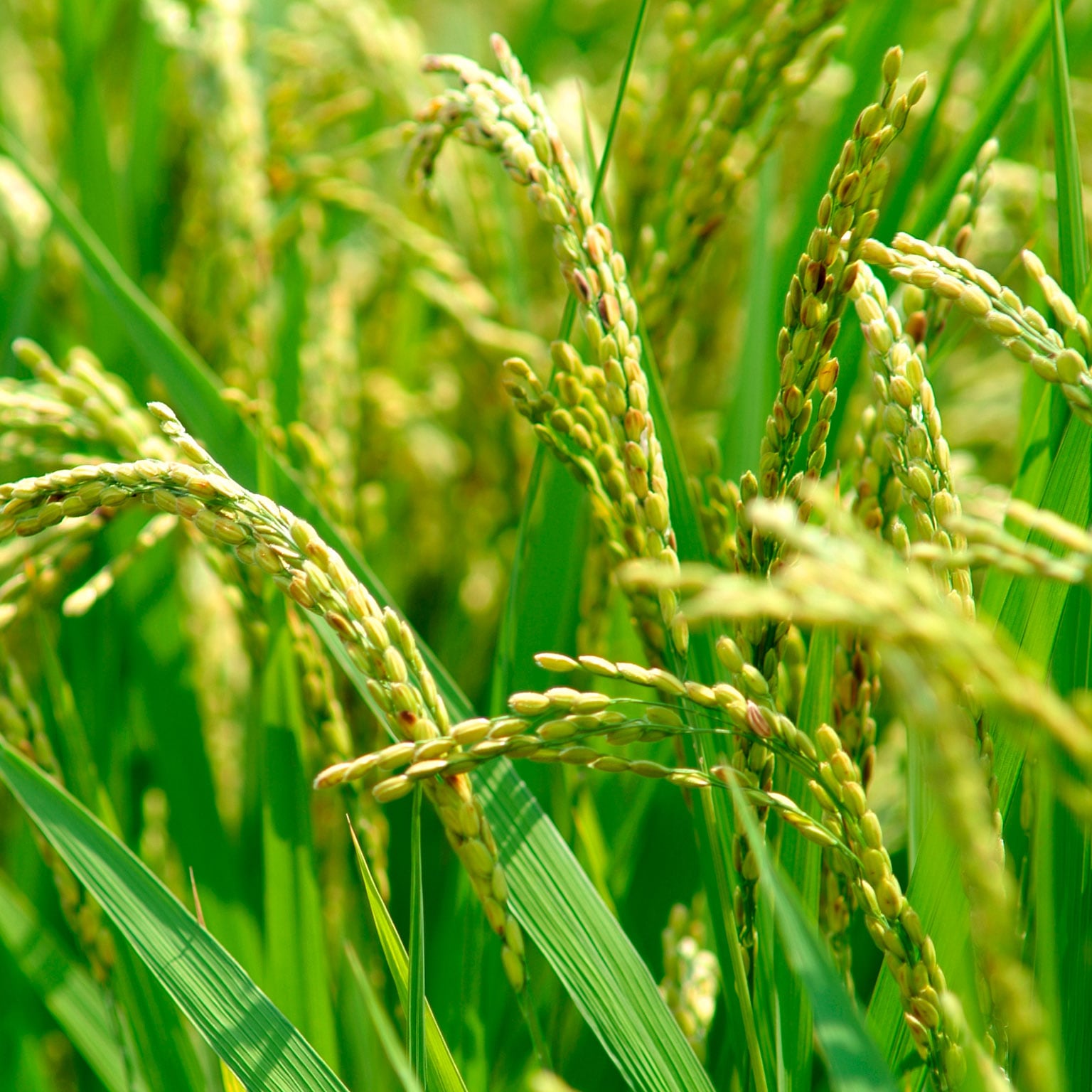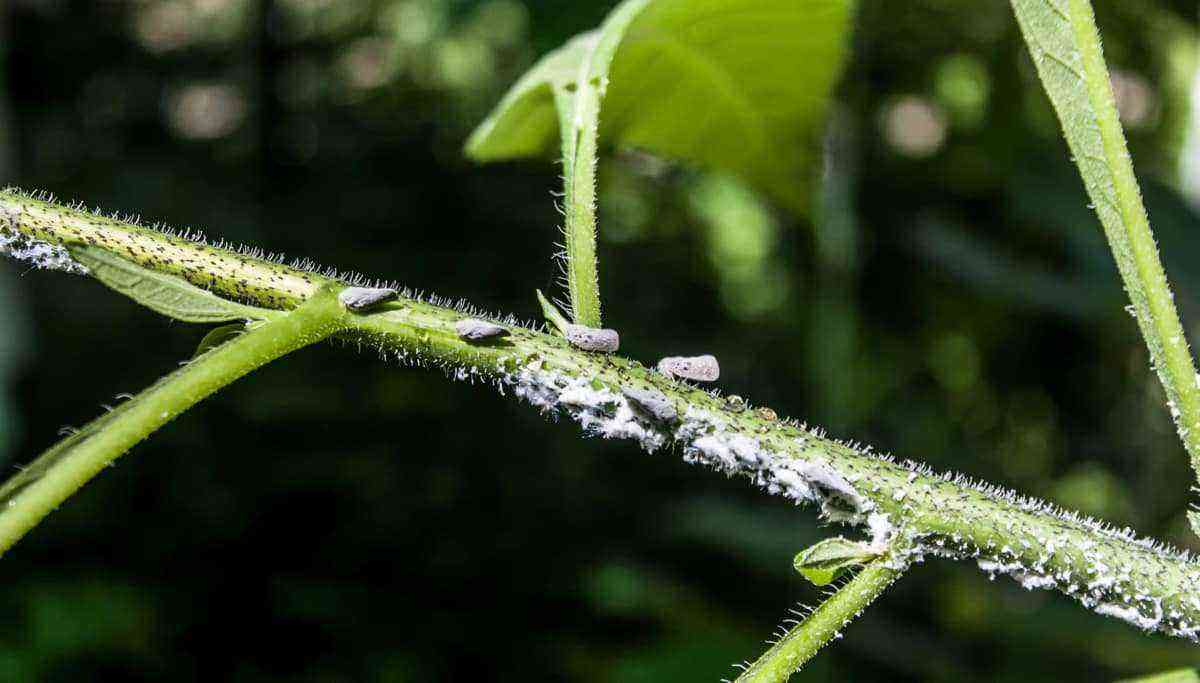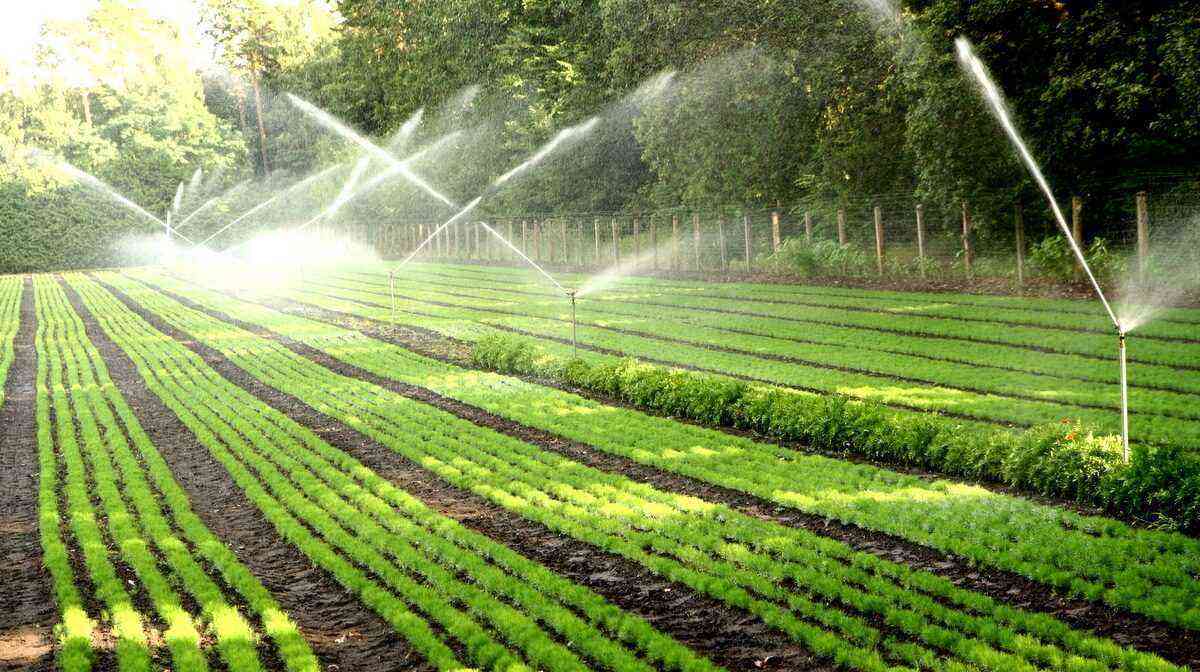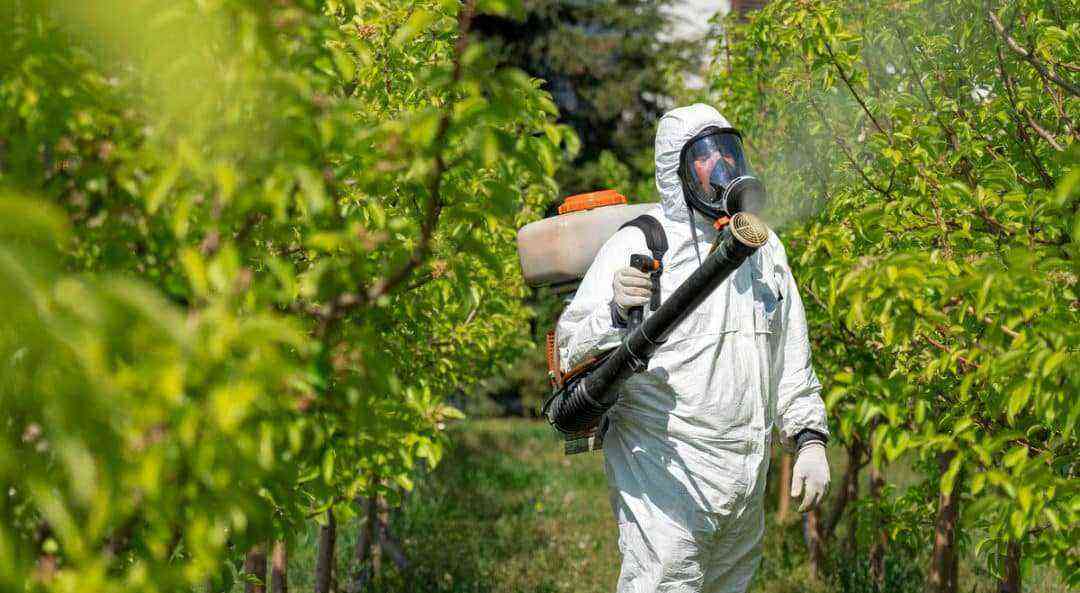With so many activities in rural areas, the liming and plaster can be crucial to optimizing field tasks and providing a healthier and more efficient harvest.
However, it is necessary to know the difference of each one, as well as its composition, and its functionality for certain specific soil processes.
Want to know more? So, read the post to the end and know the difference between lime and plaster, and which processes fit best in each of them.
Liming: what is it and why is it important?
First of all, we can understand that liming is nothing more than the preparation of a certain soil to receive the seeds that will be planted in the place.
In this way, an amount of limestone is applied to the soil, causing the concentration of calcium and iron in the soil to increase. With this, it is possible to neutralize the aluminum, so that its pH is balanced.

Limestone application helps the plant to grow faster and healthier.
Thus, when the soil is limed, the land will allow the crop to grow faster and, above all, in a healthy way. For this process to be done, we can think of three different ways:
- Embrapa method
- IAC method
- pH-SMP method
However, when the rural producer is going to use this technique, it is necessary to verify which will be the correct limestone to use in the soil, as well as the right amount of substances that need to be added in the mixture.
If this procedure is not done correctly, the application may delay the growth of the plant, harming its development and directly interfering with the harvest.
Advantages of liming
First of all, let’s list some important advantages of using liming in your production. Check it out below:
1. Eliminates heartburn alone
As we said, one of the crucial advantages of liming is being able to eliminate soil acidity. This happens when the soil may not have an adequate pH, causing the development of plants.
2. Stimulates root growth
We know that the root system is connected to the roots of the plant. This being the most important part for its development, water and nutrients are absorbed and carried by the plant’s organism, making its growth healthy.
3. Reduction of aluminum
It is known that aluminum is toxic to the plant, preventing its growth from being efficient. In addition, excess aluminum in a given soil can make it infertile. With the reduction of this component, the land will be more suitable for the growth of plants and will make the harvest much more qualitative.
Now that you understand what liming is and what its benefits are, let’s differentiate it from gypsum, which is also used in processes that involve soil and plant quality.
Plastering: what is it and why is it important?
It is an input that is obtained through the reaction of sulfuric acid with phosphate rocks. THE chemical composition of plaster is as follows:
- 16% to 20% Calcium
- 13% to 16% Sulfur
- Copper
- Phosphorus
- Zinc
- Boron
- Among other components
Unlike liming, agricultural gypsum does not correct soil acidity. Therefore, we can understand that the plaster neutralizes toxic aluminum which is on the surface.
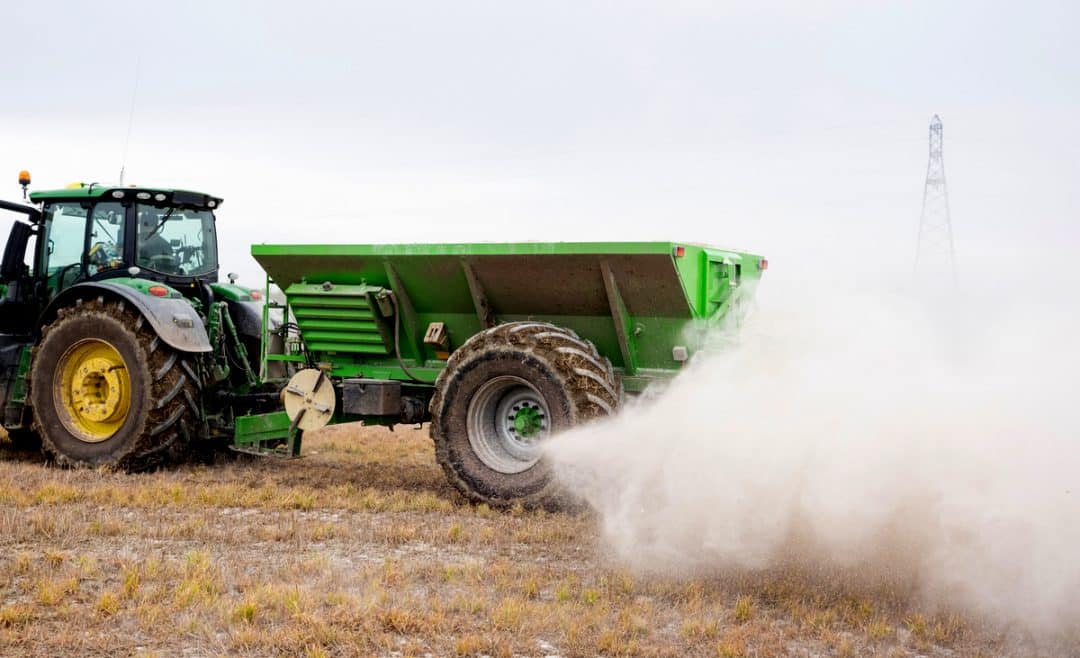
With the use of a tractor, it is possible to plaster over large areas.
In this way, we can verify that, placing an adequate dose of gypsum in agricultural processes, brings several advantages to the crops.
benefits of plaster
Like liming, agricultural gypsum has important benefits, such as:
- It conditions and promotes an improvement in the soils;
- Provides sulfur and calcium (S and Ca);
- It promotes the reduction of the amount of aluminum present in the soil;
- It promotes an efficient increase in relation to the root growth of vegetables, making the plants acquire resistance and be able to withstand the drought;
- It can also be used to generate increased absorption of water and nutrients;
- With its use, plants can explore a larger space in the soil.
In Brazil, there are two types of plaster:
Natural agricultural gypsum has its origin from mines in the states of Maranhão, Pernambuco, Rio Grande do Norte and Ceará. Thus, gypsum is produced by heating gypsum, while phosphogypsum is a residue derived from phosphorus.
Both agricultural gypsum have the same functionality in the soil, but unlike natural gypsum, phosphogypsum is more humid. Therefore, it is common to hear reports that its application is usually a little more complicated.
When to perform the plaster?
The gypsum process should be used when the soil has one or more of the following characteristics:
- When aluminum is greater than 0,5 cmol dm-3
- When aluminum saturation is greater than 20%
- Base saturation is less than 35%
- When the amount of calcium is less than 0,5 cmol dm-3
No video below, take your doubt: after all, does gypsum replace liming?
Source: AgricOnline
Plastering X liming: understand the difference
So that you can perfectly understand the difference between the two components, we will enumerate the main actions of each one.
Check it out below:
– In liming, the process can change soil pH. in plaster, is not changed;
– In liming, there is the supply of nutrients, such as calcium and magnesium. In plaster, nutrients are the calcium and sulfur;
– In liming, the process acts on the first layers of soil. In gypsum, the process acts on deeper layers;
– When liming, it is possible eliminate acidity, increase CTC and improve the nutrient utilization. In plastering, the aluminum reduction in depth, the root system enlargement in depth and increased absorption of water and nutrients.
As we have seen, it is very important to know the main characteristics of plastering and liming so that efficient measures can be taken for the development of plants and, consequently, for a healthier and more abundant harvest.
Now that you know the differences between each one, do you know where to buy these inputs for your production? On our site we have thousands of advertisers for all types of limestone, agricultural plaster, as well as machinery such as spreaders and spreaders.


